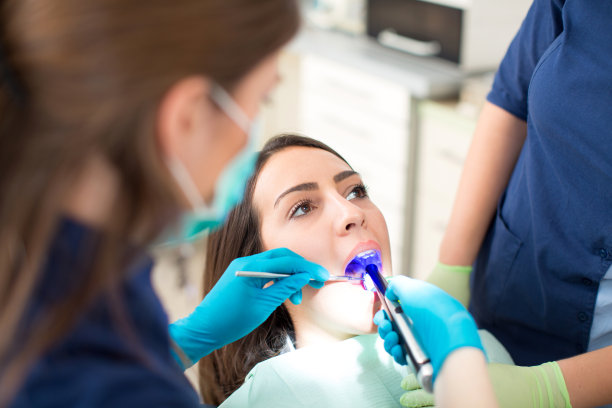Essential Guidelines and Safety Precautions to Follow Before and After Dental Filling Procedures
Summary: Dental fillings are a common and essential procedure aimed at restoring teeth damaged by decay or injury. Understanding the essential guidelines and safety precautions to follow before and after dental fillings is vital for ensuring a smooth experience and optimal recovery. This article provides comprehensive insights into what patients should be aware of, including pre-procedure preparations, post-procedure care, dietary considerations, and the importance of regular follow-ups. By adhering to these guidelines, patients can enhance their dental health and experiences significantly.
1. Pre-Procedure Preparations for Dental Fillings

Before undergoing a dental filling procedure, patients should prioritize pre-procedure preparations. Schedule an appointment with your dentist to discuss any concerns about the procedure and to confirm the type of filling suitable for your condition. Transparency is crucial, so keep your dentist informed of your medical history and any medications you are taking. This helps in minimizing risks during the procedure.
In addition to discussing your medical history, it’s essential to maintain proper oral hygiene leading up to your appointment. Use fluoride toothpaste, floss regularly, and consider rinsing with an antibacterial mouthwash. These practices can significantly reduce bacteria and plaque build-up, ensuring a cleaner working environment for the dentist.
Another significant aspect is to arrange for transportation if you will be receiving sedation. Some dental filling procedures may require sedation to ensure patient comfort. Having someone to drive you home can alleviate stress and ensure a safe return, allowing you to focus on recovery.
2. Understanding the Procedure Itself
Knowing what to expect during the dental filling process can help ease anxiety. The process usually involves numbing the affected area through local anesthesia, which could cause temporary numbness in the lips and tongue. Make sure to follow the dentist’s instructions regarding when it is safe to eat or drink after the procedure.
During the actual filling, your dentist will remove the decayed portion of the tooth and clean the area before proceeding to fill it with the chosen material, whether it be composite resin, amalgam, or another substance. Understanding this can lessen concerns about the pain, duration, and discomfort associated with the procedure.
It’s important to ask any questions or voice any concerns before the procedure starts. Knowledge is power; understanding the filling process can help patients feel secure and informed, which aids in reducing anxiety and improving overall experience.
3. Post-Procedure Care for Optimal Recovery
After the filling, following post-procedure care guidelines is crucial for ensuring the best outcome. You might experience some sensitivity, particularly to hot and cold liquids for a few days. It’s advisable to stick to a soft diet initially to avoid aggravating the treated area. Foods like yogurt, oatmeal, and mashed potatoes are ideal until the sensitivity subsides.
Pay attention to pain management; over-the-counter pain relief medications can help manage mild discomfort stemming from the procedure. Should pain persist beyond a few days or worsen, consult your dentist promptly. Early intervention can prevent further complications, ensuring a faster and easier recovery.
Maintaining good oral hygiene routines is equally important. Despite the presence of a new filling, the area around the filling needs to be kept clean to prevent further decay. Brush gently but thoroughly around the filled area, and continue to floss daily to maintain overall dental health.
4. Importance of Follow-Up Appointments
Regular follow-up appointments are an essential part of optimal dental care. It’s advisable to schedule a visit within a few weeks after getting a filling to ensure that it’s settling correctly without complications. This allows the dentist to assess the integrity of the filling and your overall dental health.
Furthermore, these check-ups can provide opportunities to catch early signs of potential issues, such as further decay or improper bite alignment, which could require additional treatment. Regular check-ups can indubitably prolong the lifespan of your dental filling and preserve your tooths health.
Lastly, reinforcing the importance of preventative care through routine cleanings and annual exams will help maintain both your fillings and overall oral health. Consistent care is key to preventing future dental issues and ensuring the longevity of your fillings.
Summary:
In conclusion, understanding the essential guidelines and safety precautions surrounding dental filling procedures is paramount for achieving a successful outcome. From pre-procedure preparations to post-procedure care and the importance of follow-ups, each aspect plays a significant role in patient comfort and treatment efficacy.
Prioritizing oral hygiene and clear communication with your dentist will further empower you in your dental health journey. Efficient care leads to lasting effects, emphasizing the importance of being proactive in dental treatment.
This article is compiled by Vickong Dental and the content is for reference only.


